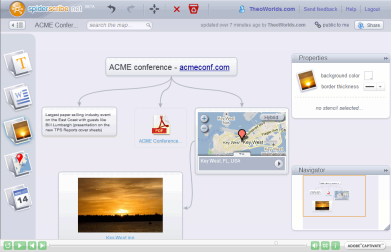It was funny when it was just a problem for teenagers or recent college grads: looking for a job to get experience, but every job requires experience to hire you. It stopped being funny right around 2008. Today, as I drove past a newly foreclosed house not far from me, I was reminded that the joke is getting really old.
The catch-22 is alive and well. Companies expect more of job candidates because…well…because they can. The growing expectation is that a new hire should already have the tools and competencies they need to hit the ground running. Training? That’s expensive, time intensive, and so 2002.
Candidly, I’d hoped that bridging a list of competencies to a plan for training would feel more rewarding than it did. This meant a return to the more familiar ground of writing learning objectives and deciding what can be learned verses what should be incumbent or even inherent. Because let’s face it, if you’re applying to star at a dinner theater, you know you need to be able to carry a tune.
But what about the other stuff? Maybe you can sing but you struggle a bit in the dance department. During the interview you’ll say you’re a fast learner. Don’t waste your breath. Someone else will get the job.
I take a dim view of applying competency models to training for a reason: I just don’t see it happening very much. When there is a new product or system to be learned, yes, there will be training. There will be training on company minutiae. There will be sensitivity and sexual harassment training. These things are givens like death and taxes. But increasingly, skills, knowledge and abilities are expected to be part of the new hire’s fabric. Welcome aboard. Now adapt what you already know to thrive or you will drown here.
I hoped to find something to cheer me up on the subject. Nope. These are the words of a Ph.D. who does competency model consulting:
I ask the reader how difficult it would be to make someone smarter, a better planner, more interpersonally skilled, or change their motivations. How about the last time you saw an incompetent person enter a training program and leave competent? Training can improve a skill slightly, but there is almost no published data whatsoever to support the claim that training will significantly change behavior or fix a hiring mistake.
In other words, competency models for hiring? Yes. For training? No.
I wonder how many companies have taken his advice. I wonder how many good people didn’t get the job because they lacked one competency that is supposedly untrainable.






